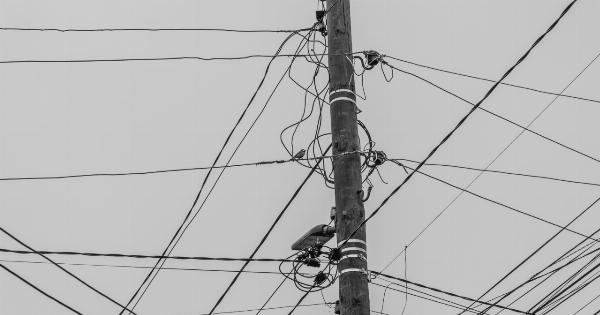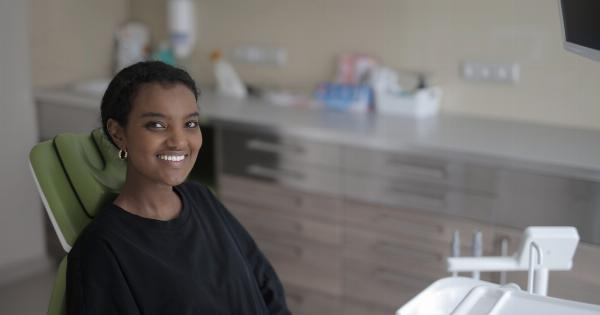Warts are a common skin condition that can affect people of all ages. They are growths on the skin that are caused by the human papillomavirus (HPV). Warts can appear on any part of the body, but they are most commonly found on the hands, feet, and face.
While warts are generally harmless, they can be bothersome and cause discomfort. In this article, we will discuss what everyone should know about warts, including their causes, types, symptoms, prevention, and treatment options.
Causes of Warts
Warts are caused by the human papillomavirus (HPV), which is a contagious virus that can be easily transmitted from person to person. The virus enters the body through small cuts or breaks in the skin.
Warts are more likely to develop in individuals with weakened immune systems or those who come in contact with the virus in places like communal showers or swimming pools.
Types of Warts
There are several different types of warts that can appear on the skin. Common warts, also known as verruca vulgaris, usually appear on the hands and fingers. They have a rough texture and a dome-shaped surface.
Plantar warts, on the other hand, are found on the soles of the feet and can be quite painful due to the pressure exerted on them while walking or standing. Flat warts are small, smooth, and can appear in large numbers on the face, arms, or legs. Genital warts are transmitted through sexual contact and are found in the genital and anal areas.
Symptoms of Warts
Warts can vary in appearance depending on their location and type. They generally have a raised, rough surface with a distinct boundary between the wart and the surrounding skin. Warts may be flesh-colored, white, pink, or brown.
Sometimes, small black dots known as “wart seeds” can be seen, which are actually clotted blood vessels. Warts are usually painless, but they can cause itching, tenderness, or bleeding if they are scratched or injured.
Preventing Warts
While it may not be possible to completely prevent warts, there are steps that can be taken to reduce the risk of contracting the virus. These include:.
- Keeping the skin clean and dry
- Avoiding close contact with individuals who have warts
- Avoiding walking barefoot in public areas
- Avoiding sharing personal items like towels or razors
- Not picking at or scratching existing warts
- Wearing flip-flops or waterproof shoes in public showers or pools
- Strengthening the immune system through a balanced diet, regular exercise, and adequate sleep
Treatment Options for Warts
There are several treatment options available for warts, depending on their size, location, and the individual’s preference. These include:.
- Over-the-counter medications: There are various over-the-counter creams, gels, and patches that contain salicylic acid, which helps dissolve the wart gradually.
- Cryotherapy: This involves freezing the wart with liquid nitrogen, causing it to fall off within a few days or weeks.
- Electrocautery: In this procedure, the wart is burned off using an electric current.
- Excision: Surgical removal of the wart under local anesthesia may be necessary for larger or stubborn warts.
- Laser treatment: Laser therapy can be used to destroy the blood vessels feeding the wart, causing it to die and fall off.
- Immunotherapy: This involves injecting medications to stimulate the immune system and help fight the virus causing the wart.
When to Seek Medical Advice
While most warts can be treated at home or with over-the-counter medications, it is important to seek medical advice in certain situations. Medical attention should be sought if:.
- The wart is painful, bleeding, or causing discomfort
- The wart is spreading rapidly or affecting daily activities
- There are signs of infection, such as redness, warmth, or pus
- The individual has a weakened immune system due to medications or a medical condition
- Genital warts are suspected or present
Conclusion
Warts are a common skin condition caused by the human papillomavirus (HPV). They can appear on any part of the body and are usually harmless but can cause discomfort.
Warts can be prevented by practicing good hygiene and avoiding contact with infected individuals. Treatment options include over-the-counter medications, cryotherapy, electrocautery, excision, laser treatment, and immunotherapy. Seeking medical advice is important in certain situations, such as if the wart is painful or infected.
By understanding the causes, types, symptoms, prevention, and treatment options for warts, individuals can take appropriate measures to manage this common skin condition.




























